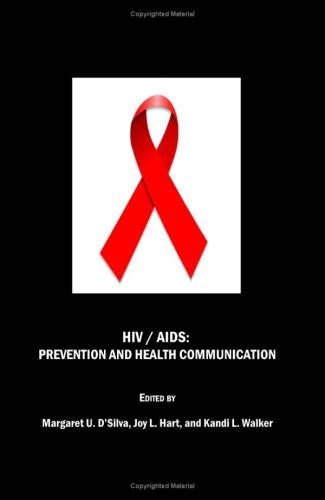
HIV / AIDS Prevention and Health Communication
Author :
- Hardcover
- 9781847188663
- 1847188664
- 0
- 0
- 1
- 240
- Book
- Cambridge Scholars Publishing
- Cambridge Scholars Publishing
- HIV & AIDS Global Health Specialized Clinics
-
Only $58.95
Out Of Stock
HIV / AIDS Prevention and Health Communication
Stating that HIV/AIDS is a colossal public health problem is a vast understatement. Its effects extend to all reaches of the globe and its toll is enormous. , The most recent statistics on HIV infections, people living with HIV/AIDS, and AIDS-related deaths are jolting. Current realities, historical data, and future projections clearly indicate that much more action is needed to prevent new infections and curb the effects of HIV/AIDS. Rather than a single global strategy for HIV/AIDS prevention, programs must be developed and implemented with an awareness of local, regional, national, and international conditions. Our hope for this book is that additional insight into HIV/AIDS prevention can be garnered and the ideas generated here will spur new efforts and improve existing ones. The chapters in this book explore how health communication researchers and practitioners continue to play critical roles in lessening the spread of HIV and the devastating impacts of HIV/AIDS locally, regionally, and globally. The bookâs three sectionsâgeneral prevention, global context, and specific contextsâaddress a range of topics. Chapters range from formative research to message construction and processing (e.g., difficulties in communicating statistical information, understanding risk messages), address geographical regions from Africa and Asia to Central America and the Caribbean, and examine specific contexts from university students to later-life adults as well as African Americans and persons living with HIV/AIDS. Because there is currently neither a cure for HIV/AIDS nor a vaccine to prohibit infection, the concluding chapter reinforces the bookâs main premisesâbehavior change as the key to prevention and health communication work as crucial to achieving such change.








